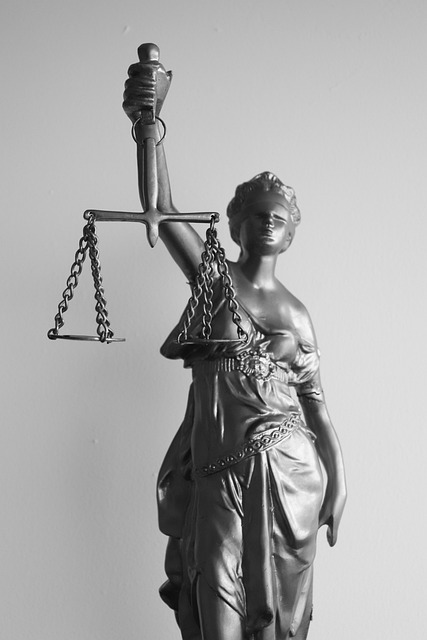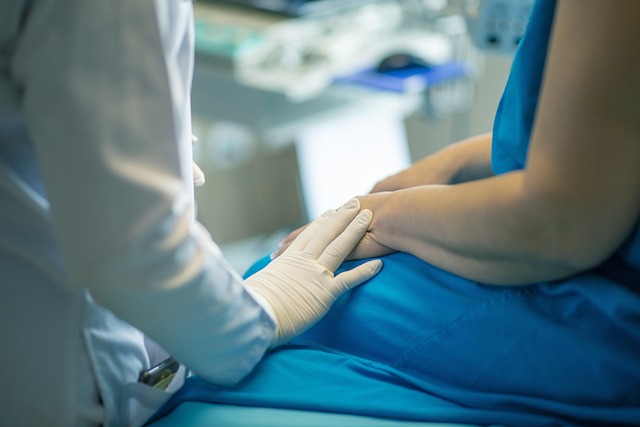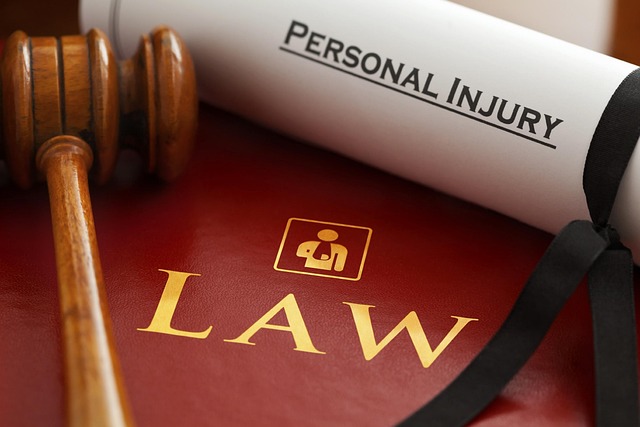After a bicycle hit-and-run, documenting key information is crucial for your safety and legal protection. This comprehensive guide outlines what to capture immediately after such an incident. From gathering essential details like vehicle description and witness statements, to documenting physical evidence and injuries, each step is vital. Additionally, understanding the legal process, filing police reports, and consulting with experts can help you navigate seeking compensation. Stay informed, act swiftly—your well-being and rights depend on it.
- Gathering Essential Information
- – Details of the incident from witnesses and victims
- – Vehicle description (make, model, color, license plate)
Gathering Essential Information
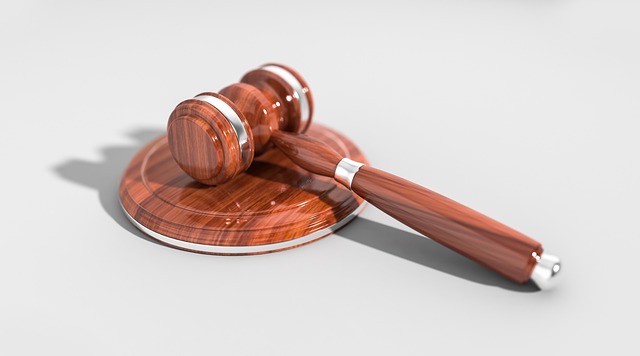
After a bicycle hit and run incident, gathering essential information is crucial for your safety and legal protection. The first step is to ensure your well-being by seeking medical attention if needed. Once stable, document any visible injuries and take photos of the crash scene from different angles. Note down the date, time, and location of the incident, along with a detailed description of what happened.
Capture contact details of witnesses present at the scene, including their names, phone numbers, and addresses. These pieces of information are vital when filing a police report or seeking compensation from a personal injury attorney, especially in cases involving serious injuries or property damage. Additionally, jot down the license plate number and make/model of the vehicle involved if possible, as this can aid law enforcement in their investigation, preventing potential caregiver abuse or other legal repercussions for the responsible party.
– Details of the incident from witnesses and victims
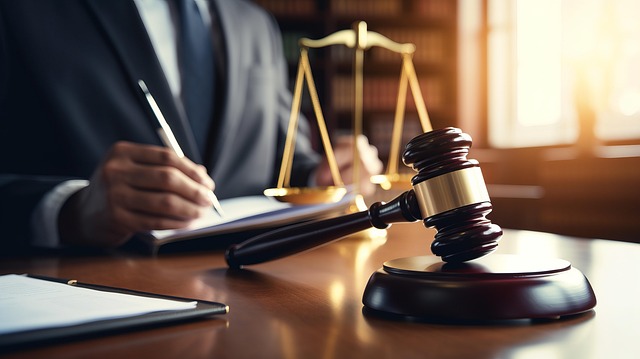
After a bicycle hit and run incident, documenting the details of what transpired is crucial for both victims and witnesses. It’s essential to gather information from all parties involved as soon as possible. Victims should provide their account of events, including where and when the accident occurred, the direction of travel for both themselves and the motorist, and a description of any injuries sustained. Witnesses, who may have seen the incident or observed the driver’s behavior afterward, can offer valuable insights that corroborate the victim’s story.
Recording witness statements and collecting evidence such as photographs of the scene, the bicycle, and any visible damage to both, is essential for building a case in insurance disputes or even potential employment or commercial disputes arising from negligence or intentional harm. Prompt documentation can ensure a more accurate representation of what happened, helping to resolve bicycle hit and run cases fairly and efficiently.
– Vehicle description (make, model, color, license plate)
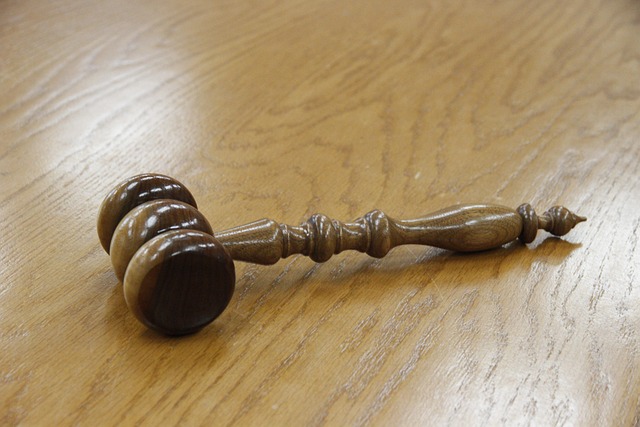
After a bicycle hit and run incident, documenting specific details about the vehicle involved is crucial for potential insurance claims or legal actions. The first step is to jot down the make and model of the vehicle; this information can be vital in identifying the car later on. Note the color of the vehicle as well, as it may stand out to witnesses or security cameras. One of the most important pieces of information is the license plate number. It’s unique and can directly lead to identifying the owner. These details are essential for any investigation into a bicycle hit and run case.
Additionally, take down the driver’s behavior and any notable features. Were there passengers? Did the driver stop or flee the scene? Any unusual actions or characteristics could aid in identifying the vehicle later on. This information is key to ensuring justice and possible injury compensation if necessary. Contacting a personal injury attorney can guide you through this process, especially if there are concerns about caregiver abuse due to the hit and run nature of the incident.
After a bicycle hit-and-run incident, documenting key details is crucial. Remember to gather essential information such as witness accounts, vehicle specifications (including make, model, color, and license plate), and any available video footage. These steps are vital for identifying the perpetrator and ensuring justice. By promptly documenting these facts, you enhance your chances of a successful outcome in reporting this unfortunate event.
